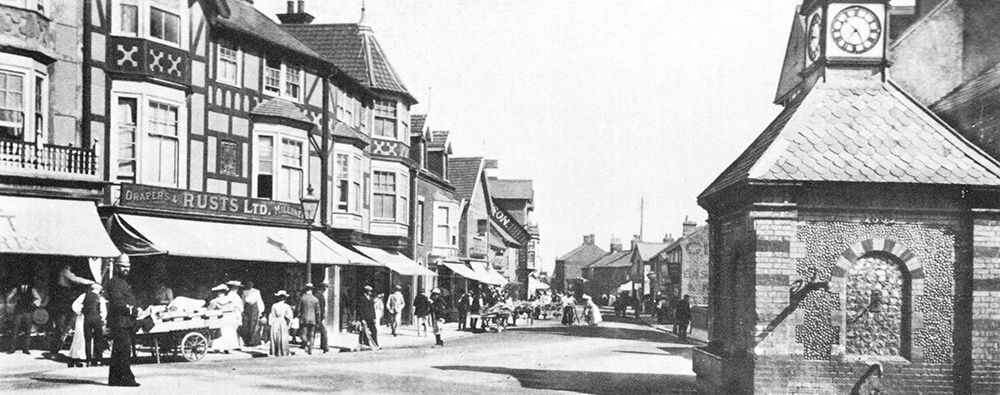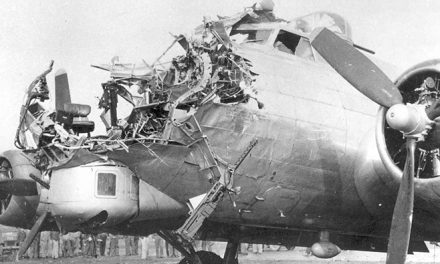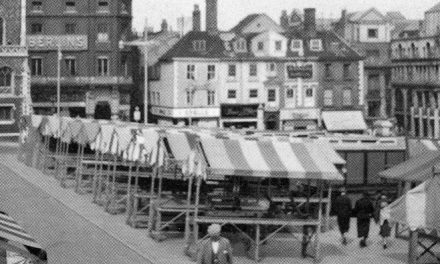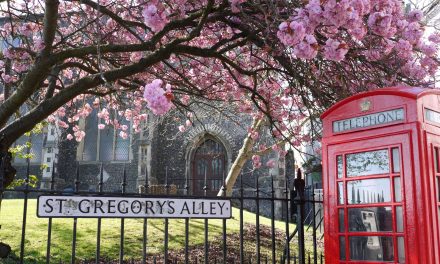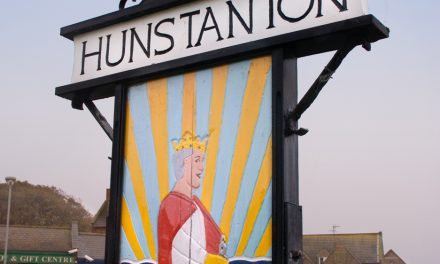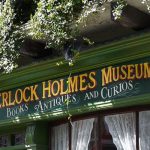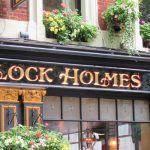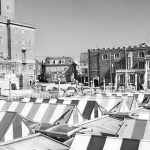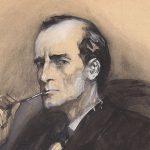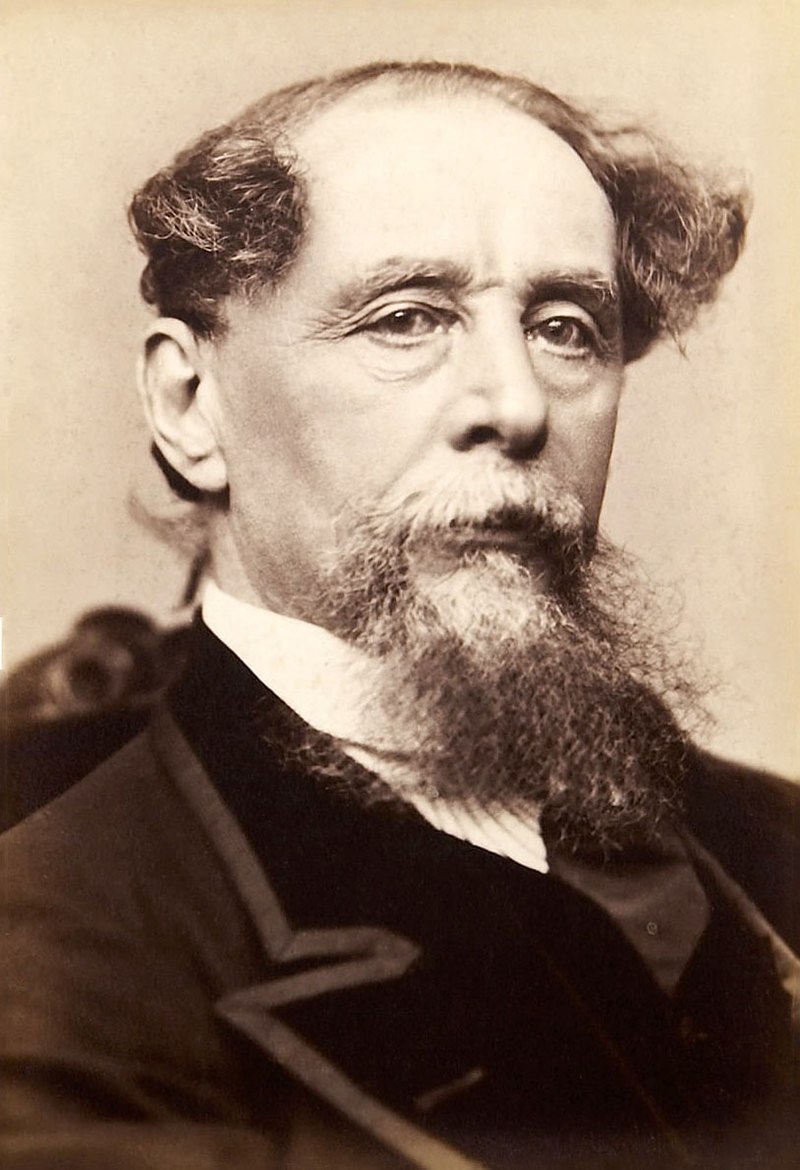Norfolk based author Stephen Browning talks about how his new book came about and some of the most interesting stories he unearthed while writing it.
Present day photo: Daniel Tink
This book came into being several years ago whilst having tea in the Britannia Café, Guildhall Hall, Norwich with my publisher. He had come down to experience the delights of Norwich for the first time and we had spent a windy couple of hours on and off the Norwich sightseeing bus. It was over tea in this lovely place that we realised that a study of the coastal towns in the Great War had never been attempted.
There was one obvious problem but that was also what made the research so wonderful – it would entail a huge amount of travel around the Norfolk coast to gather information. I knew the area pretty well already, though, as since a boyhood spent in Heacham, Hunstanton, Kings Lynn and Norwich, it had been my home.
I decided to research the coast in a clockwise direction beginning with Kings Lynn. The war experience of citizens and soldiers who lived along the coast was my primary focus: everyday life had to go on and the book documents this: joys and sorrows, jobs, shopping, wages, housing, entertainments and the rule of law.
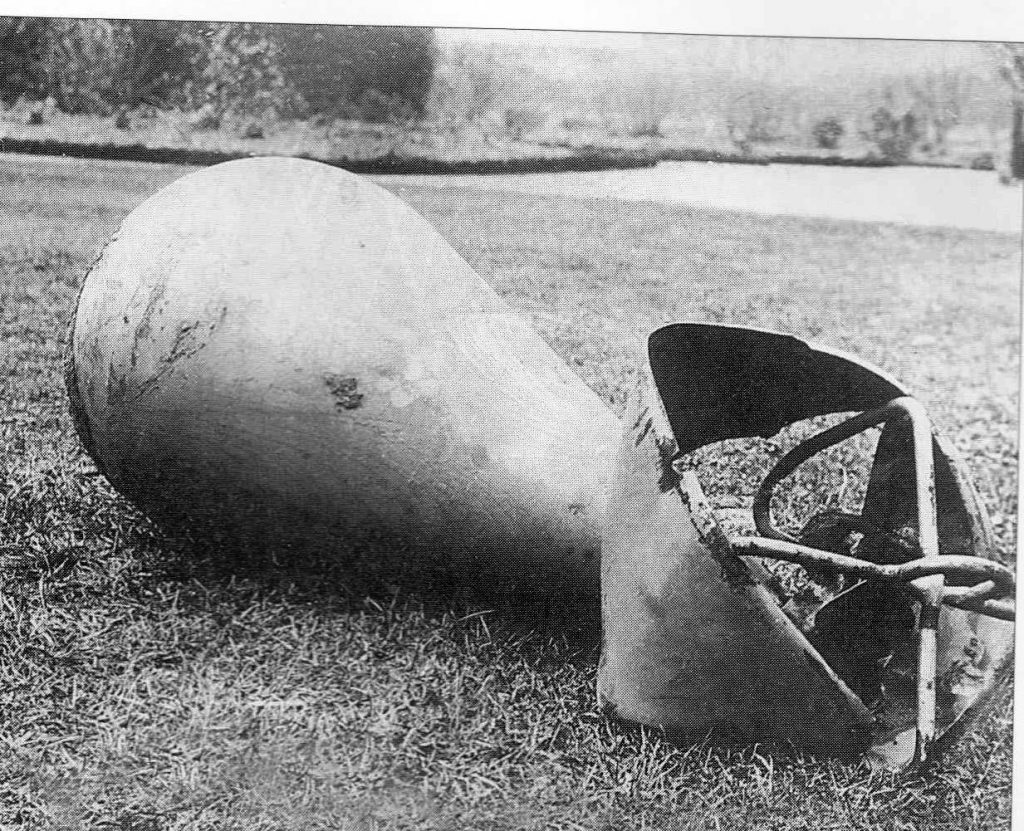
There are also some wonderful tales to tell. In Kings Lynn, I heard about the story of Chaim Weizmann, a renowned chemist at the University of Manchester who came to the rescue of the British government when the supply of cordite, without which guns could not fire, was so low that in some places British guns fell silent. The vital missing ingredient of cordite was acetone and he was able to produce this with a new process setting up one of the two main manufacturing plants in Kings Lynn. Later he invented another method which involved conkers. After the war he became the first President of the state of Israel.
A tale which for a long time was kept top secret came to light along the coast at Hunstanton – Bayntun Hippesley and his pioneering work on message interception. He had, in 1912, succeeded in picking up messages from the doomed liner Titanic. In 1914 the government approached him to work as a volunteer interceptor, shamelessly perhaps exploiting his passion for his hobby. They gave him a hut to work from and this became known as ‘Hippisley Hut’: it is still there but extended to form a five bedroomed home. Many consider his work from the cliffs of Hunstanton to have been pivotal in winning the war. The book details his most important work 1914-18. He was awarded the CBE and died in 1956.
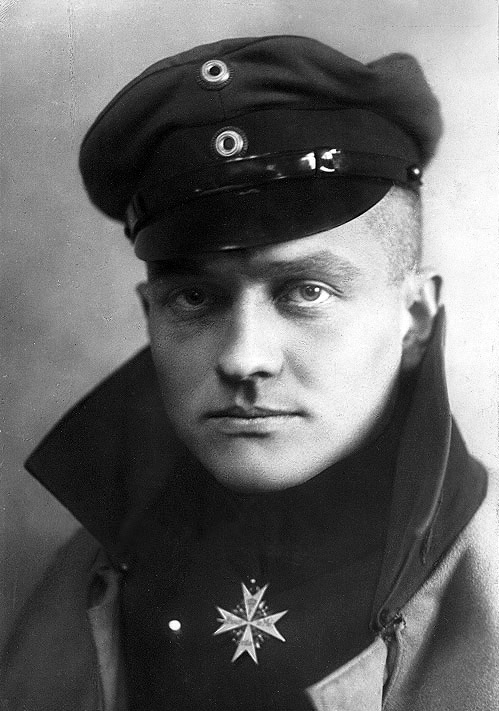
Manfred von Richthofen
At Wells, I heard of some pioneering work by the local history group which corrected erroneous government information into the fate of their ancestors. At Stiffkey, I encountered the war service, trial and terrible death – by a lion in a circus – of the so-called ‘Prostitute’s Padre’, Rev Harold Davidson. At Holt I was told that the death of so many fine young men – 100 – from Greshams’ School resulted in the Headmaster, George Howson, dying in 1919 ‘spent in grief’.
There were other tales: of Rupert Brooke’s decision to fight in Cley; of the ‘bravest man who ever lived’, Henry Blogg who heroically skippered the Cromer lifeboat; of the first woman war photographer, Olive Edis, in Sheringham; of Tom Crisp VC who, although shot through by a shell from U-boat U.63, kept command of his fishing smack; of Zeppelins and of the feats in dangerously light flying machines by the likes of the Red Baron for Germany and Albert Ball VC for the English.
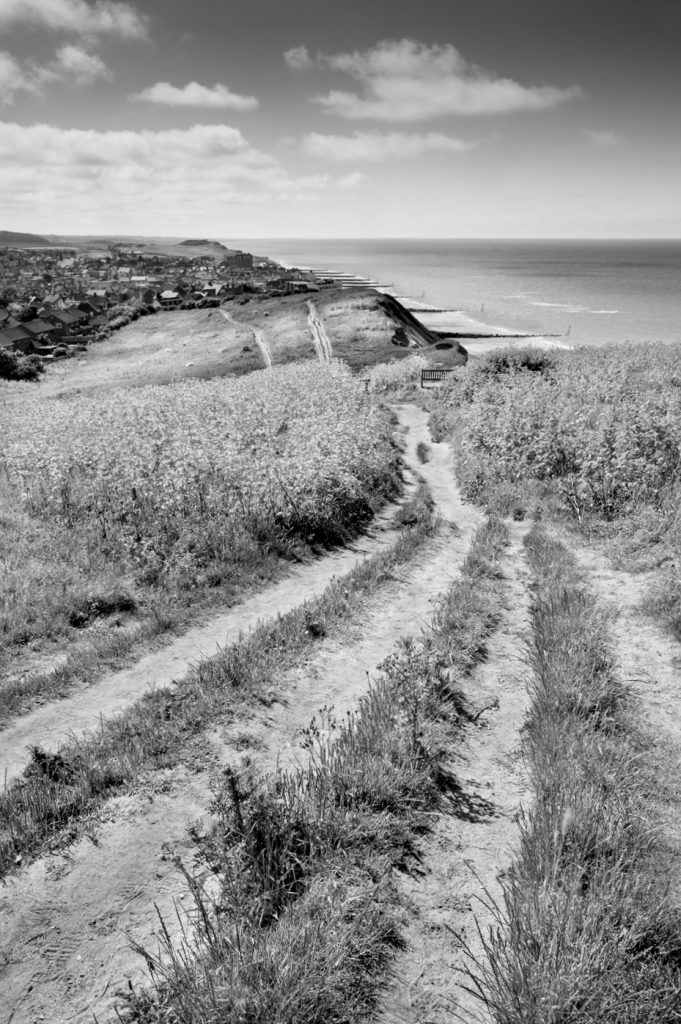
Sheringham coastal path
The book ends with a detailed itinerary for a 46 mile walk – in seven sections or all at once – along the wild and magnificent Norfolk coast from Hunstanton to Cromer. In long stretches of this walk, the vista has not changed at all in 100 years.
The book contains 180 photographs, many of them archive and rare. In a dozen cases it has been possible to stand on the same spot from where a photograph was taken 100 years ago. The results are fascinating – sometimes there are noticeable changes but not always: the main street in Cromer, for example, has exactly the same buildings as in 1914, pub, shops, everything. A photograph of the pier, though, taken a century from the last, shows an enormous amount of work on the structure.
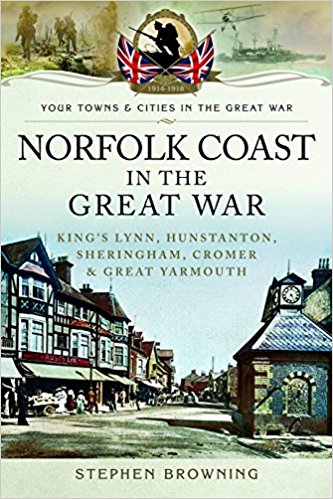
The book is only recently out but has received a review from a national website which calls it ‘a delight’, praising the research involved and the illustrations. Norfolk Coast in the Great War is published by Pen and Sword at £12.99, and is available in bookshops and online from Amazon and others.

